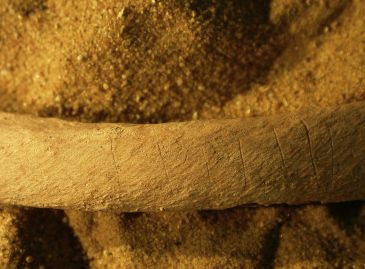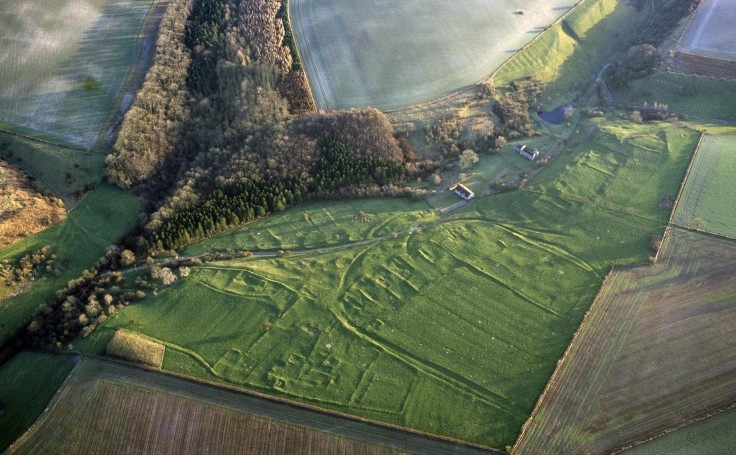Medieval Village’s Mutilation Of Dead Bodies Shows Fear Of Zombies, Vampires — Or It’s Cannibalism

Mutilated skeletal remains of some medieval English villagers suggests their neighbors feared they would wake up as zombies. Or they were eating each other’s flesh.
Researchers looking at 137 bones found in a pit in Wharram Percy, a deserted medieval village in northeastern England, documented “breakage, burning, and knife- and chop-marks,” around the time of death, according to a study in the Journal of Archaeological Science: Reports. The research suggests cannibalism caused by famine and starvation is a possible explanation, but it may also be evidence of the villagers attempting to prevent a corpse from coming back to life as the undead.
The bones came from at least 10 different local people of both sexes, ranging from as young as a toddler to older than 50 years, and they date to between the 11th and 13th centuries. They were disarticulated in “more than one event,” as some of them died more than a century apart, the authors wrote. In the case of the knife marks, they were made mostly in the head and neck area “with a fine knife drawn across the bone.”
Read: Ancient American Teen Gave Birth Before Falling to Her Death
Soil conditions at Wharram Percy and historical accounts of famine during that era suggest that starvation cannibalism is a plausible explanation for the burn marks and knife slashes on the bones, the study says. But one clue that works against the theory is that animal remains from the same time period show the villagers processed animal bodies differently when using them for food — there were far fewer knife marks, burn marks and signs of breakage, “indicating a difference in approach.”
Meanwhile, in medieval England and other places in Europe during that time period, many people believed in “a re-animated corpse that arises from its grave,” also known as “a revenant,” according to the study. They were the bodies of people who had unfinished business when they died — most often those who were evil in some way — and they were violent and spread disease. To prevent someone from becoming undead, the usual solution was to “dig up the body and subject it to mutilation (particularly decapitation) and burning.”

Wharram Percy was abandoned in the early 1500s but before that people lived there for about 600 years, according to the charity group English Heritage. Visitors to the site can still see what’s left of the village’s church as well as where houses used to stand.
“The idea that the Wharram Percy bones are the remains of corpses burnt and dismembered to stop them walking from their graves seems to fit the evidence best,” lead researcher Simon Mays said in a statement from the University of Southampton. Mays is a human skeletal biologist for the British government group Historic England and worked with the university on the analysis. “If we are right, then this is the first good archaeological evidence we have for this practice. It shows us a dark side of medieval beliefs and provides a graphic reminder of how different the medieval view of the world was from our own.”
See also:
Symbolic Bone Carving Bring Us Inside the Mind of a Neanderthal
© Copyright IBTimes 2025. All rights reserved.





















